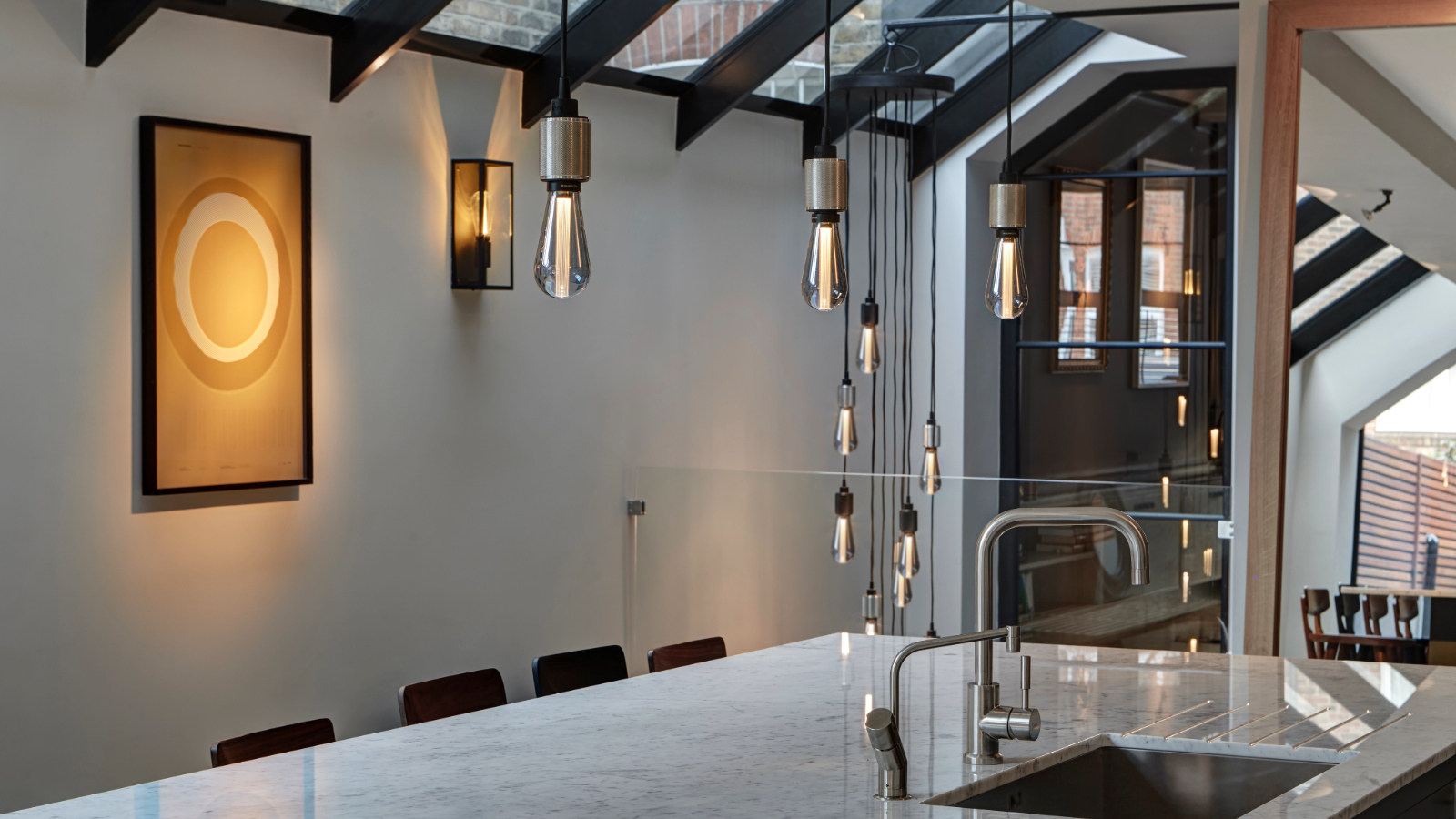Can you install solar panels on listed buildings? Our expert advises
While solar panels on listed buildings are becoming more acceptable, we take a look at whether they can be installed on all listed homes and if not, why?
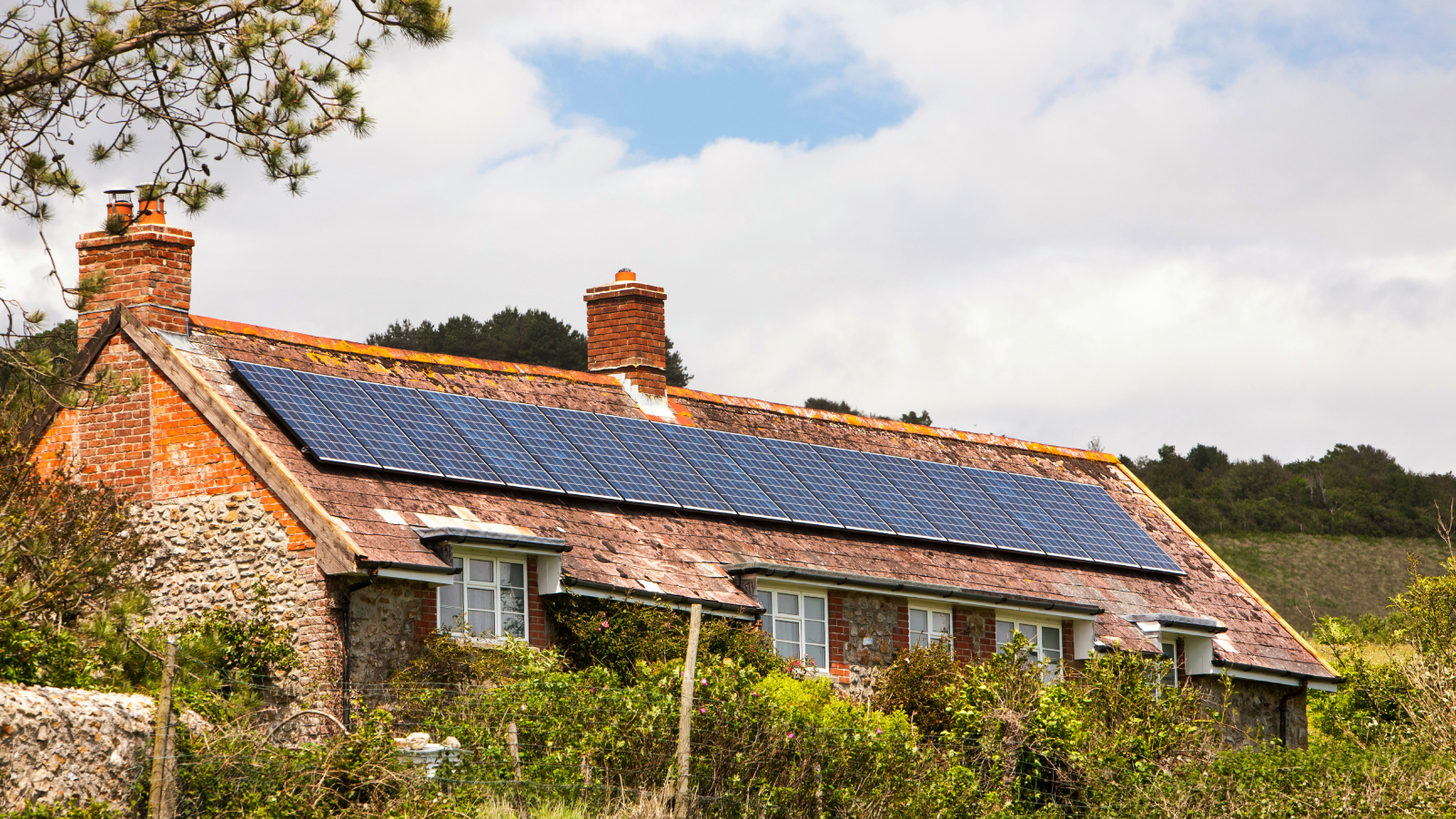
In a world increasingly focused on sustainability, even our most cherished historic buildings are being considered for renewable technologies such as solar panels. While the concept of integrating renewable technologies with centuries-old architecture might seem challenging, it's not only possible but also increasingly encouraged.
Historic England, the public body dedicated to protecting the nation's heritage, has voiced its approval, and councils such as The Royal Borough of Kensington and Chelsea has granted automatic listed building consent for the installation of solar panels on listed buildings – subject to a few caveats.
Such endorsements recognise that heritage buildings can play a role in fighting climate change, but there are complexities to deal with when installing solar panels on a listed building. This article explains everything you need to know.
Solar panels on listed buildings – are all buildings suitable?
In a word, no. The first principle in the conservation of historic buildings is often referred to as 'fabric first.' This approach emphasises preserving the original materials and features of the building. The primary goal is to maintain the integrity and character of the structure, which can sometimes be at odds with introducing modern technologies like solar panels.
Older buildings often have unique characteristics that make installing solar panels challenging. The building's fabric, or the materials it's constructed from, may not make it easy to incorporate modern technology. In some cases, your solar panel roof suitability may not be right. Some roofs may be too fragile, or the materials used may not be compatible with modern fixtures. If alterations lead to irreversible damage, then the installation of solar panels would not be acceptable.
Even if your roof is structurally sound, it’s important to consider whether it is well-suited for solar panels from an efficiency standpoint.
The orientation of the roof – whether it faces south, east, or west – will significantly impact the performance. South-facing roofs generally receive the most sunlight and are ideal for solar panels. However, if the roof is heavily shaded by heritage features such as chimneys, the efficiency of the panels may be greatly reduced.
Bring your dream home to life with expert advice, how to guides and design inspiration. Sign up for our newsletter and get two free tickets to a Homebuilding & Renovating Show near you.
If the roof’s orientation or shading conditions are less than ideal, it might be worth considering alternative locations for the panels, such as on an outbuilding or garage.
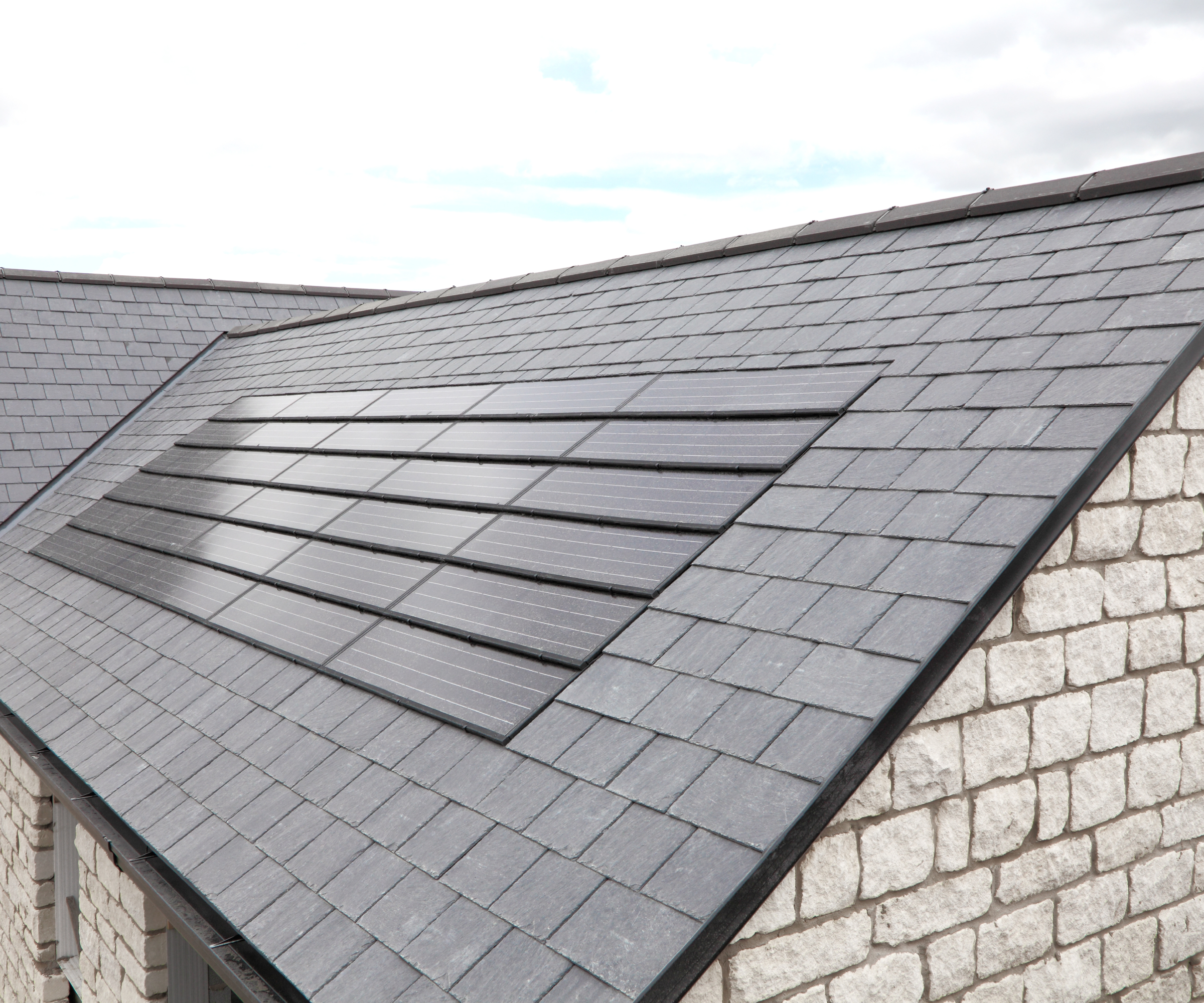
Pros and cons of solar panels on listed buildings
Heritage buildings are notoriously energy inefficient and so renewable upgrades such as solar, or biomass boilers, offer a solution to expensive running costs. Solar panels generate clean, renewable energy, significantly reducing energy bills and the carbon footprint of old buildings. As a cost-effective solution, solar panels offer the potential to support the continued use of heritage buildings for many decades to come.
However, while there are clearly benefits, installing solar panels on heritage buildings brings a few challenges.
Firstly, aesthetic concerns and the visual impact on the building's historic appearance. There are also structural challenges as older roofs may not be designed to bear the additional weight of solar panels and then there’s performance limitations to deal with as installations must work around existing features which cannot be disturbed.
Lastly, there’s also the question regarding planning permission for solar panels. Whilst there is support in the form of permitted development rights, there’s still a complex process to prove that the installation won’t have any detrimental impact to the building fabric. And, if your home is located in the countryside for example, you may also have to follow the guidelines regarding solar panels in conversation areas.
Securing consent for solar panels on listed buildings
Installing solar panels on a listed building usually requires listed building consent, but the specifics can vary depending on the circumstances. In England, permitted development rights allow certain types of work to be carried out without the need for full planning permission. However, these rights are restricted and controlled on listed buildings.
Listed building consent is required for any work that could affect the character of the building. This includes installing solar panels, which could alter the appearance of the building. The process for obtaining listed building consent involves submitting an application to the local planning authority who will consult with Historic England and other relevant bodies to assess the potential impact on the building's character.
This process can take several weeks or even months, so plan accordingly. When the planning authority considers whether to approve the application, it will give particular attention to preserving the building, its setting, and those features that make it special. The application must therefore include detailed plans of the proposed work, as well as information on how the installation will impact the building.
Carrying out unauthorised work on a listed building is a criminal offence and the planning authority can insist that all work carried out without consent be reversed, so it’s vital to talk to the local planning authority before any work is carried out.
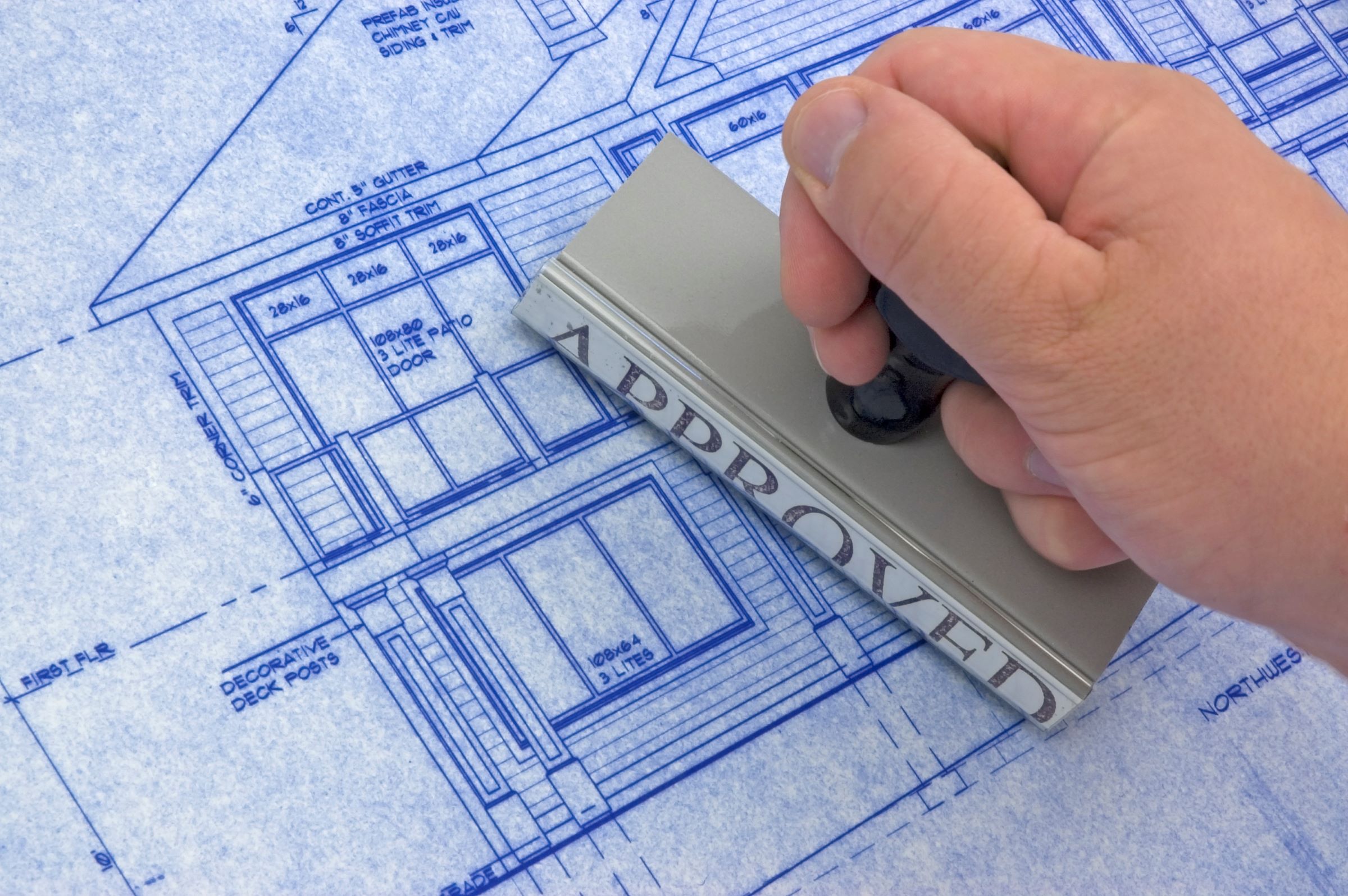
Permitted development may be automatic in some areas
However, some local authorities are adopting a more progressive stance on renewable energy installations in historic buildings.
For example, the Royal Borough of Kensington and Chelsea has granted automatic listed building consent for certain renewable energy projects, including solar panels, on Grade II listed buildings.
This automatic consent is granted under specific conditions, such as ensuring the solar equipment is installed on a roof structure and does not protrude more than 0.2 meters beyond the roof plane.
The installation should be sited to minimise its effect on the external appearance of the building and ideally not be seen from the road. Whilst approval is guaranteed if this criteria is met, there’s still a process to follow which will take into account the following issues.
Potential issues to consider
When installing solar panels on a listed building there are various considerations that must be taken into account, and these are not just limited to the building itself.
Structural considerations
The roof structure, which may already be fragile, must be capable of supporting the additional weight. Historic buildings were not designed with the load of modern solar panels in mind so a structural engineer must assess the roof's condition and load-bearing capacity.
If structural alterations are required, these must be done in a way that does not compromise the building's historic value. This means that any changes should be reversible, ensuring that the building can be restored to its original state if necessary.
Building fabric considerations
The type of building and the materials it is constructed from have implications for the design and installation of the solar panels. As solar panels are typically installed on roofs, these are of particular concern.
Slate and tiled roofs are the most common types of roof coverings on historic buildings, but old slates become brittle so installation of solar panels must be carefully handling to avoid damage. Where panels are fixed over the existing roof coverings, tiles and slates might be broken during installation, so it’s important that the period replacements available. These might be difficult to find, so source replacement slates or tiles before the installation begins.
Thatch roofs are even more challenging. Thatch is not only a highly flammable material but also fragile so installing solar panels on thatch is generally not recommended due to the fire risk
To minimise the risk of damage to the roof covering, installations often require specialised mounting systems which have fewer fixing points and therefore less potential for things to go wrong.
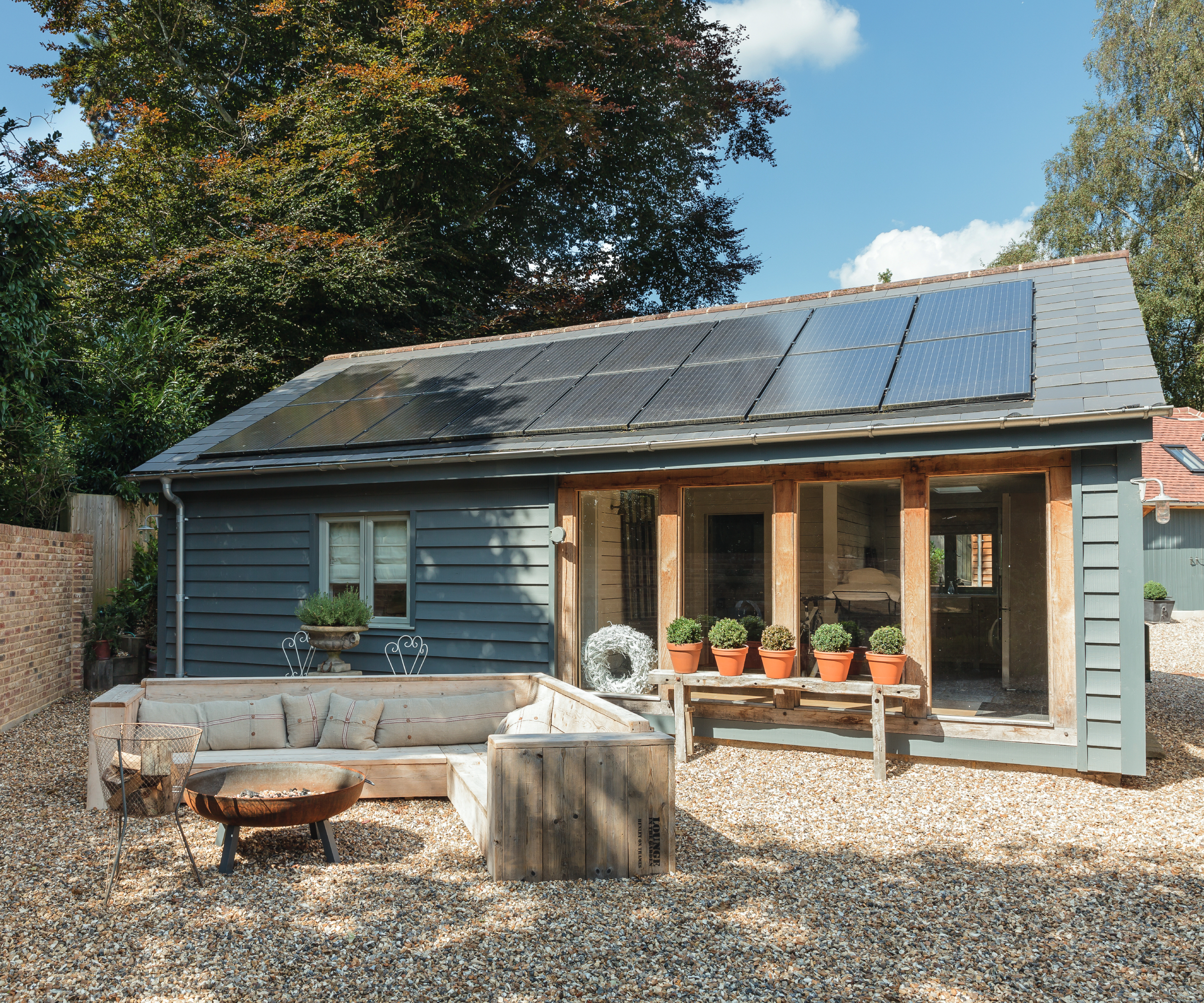
Ecological considerations
All bat and wild bird roosts and nests are protected by law, and if any proposed work will cause disturbance, then Natural England should be consulted. Bats in particular love to roost in old buildings and installing solar panels could disturb them, even if they are inside the roof.
Reverting to the original state
Preservation of the historic fabric is paramount. Therefore, the installation should be carried out in a manner that allows the building to revert to its original state if the solar panels are removed in the future.
This means avoiding any permanent changes that could damage the original materials or alter the building's appearance in an irreversible way.
The expected lifespan of a solar panel system is typically much shorter than the roof covering, so it could have several solar installations installed over its life. To minimise any damage to the roof covering, carefully planning is needed about how solar panels are installed, maintained, and removed at the end of their useful life.
Building regulations approval
In addition to obtaining listed building consent, solar panel installations must also comply with the building regulations and meet specific standards related to safety, structural integrity, and energy efficiency, including:
Structural - The roof must be capable of supporting the added weight of the solar panels without compromising its structural stability.
Electrical safety - The installation must adhere to current electrical safety standards to prevent risks such as fire, which is especially critical for buildings with thatched roofs.
Thermal performance – Any alterations to the building's insulation must comply with Part L of the Building Regulations to ensure energy efficiency is maintained.
For most installations, the process can be streamlined by self-certification through a competent person under the Microgeneration Certification Scheme (MCS). This often negates the need for approval from the local authority's building control department. However, if structural changes are required, it’s advisable to submit a building notice to the building control department, allowing them to inspect and verify that the work meets all necessary regulations.
Installing solar panels on a listed or historic building is complex and requires careful planning and consideration of the building’s unique characteristics.
With a growing endorsement of installations from the likes of Historic England, provided a “fabric first” approach is followed and the impact to the building and its appearance are minimised, it’s entirely possible to integrate renewable technologies such as solar panels into historic houses and homes.
If you thought solar panels on listed buildings wouldn't be permitted, find out what else you might be misinformed about in our guide to myths about solar.
Mark Stevenson has worked as a construction professional for over 30 years and following an extensive career in housebuilding. He is currently chief operating officer for Custom Build Homes and chair of the National Custom and Self Build Association. He previously worked as managing director for Potton, helping self builders build their own homes.
Whilst Mark describes himself as a ‘professional builder’ as a result of his career in housebuilding and timber building system manufacturing, he has specialist knowledge of timber construction and extensive expertise in finding land and project management.
He regularly shares his knowledge at Homebuilding & Renovating Shows and and coaches self builders about how to build their own homes. Aside from Mark’s professional career, his skills also extend to practical building knowledge as a skilled joiner, hands-on renovator and serial self-builder of his own development projects.
He is also Vice Chair of industry body, the Structural Timber Association.

